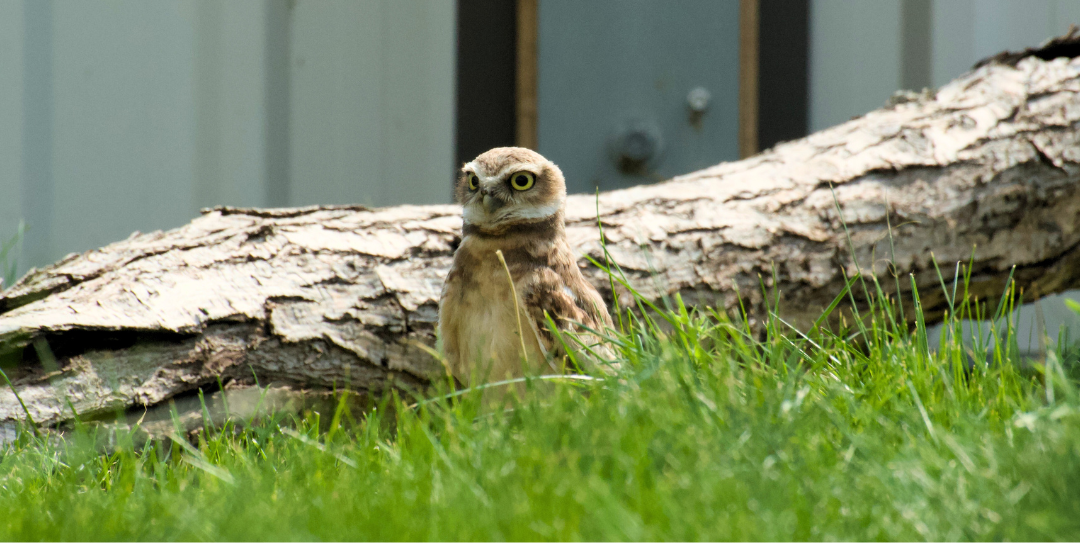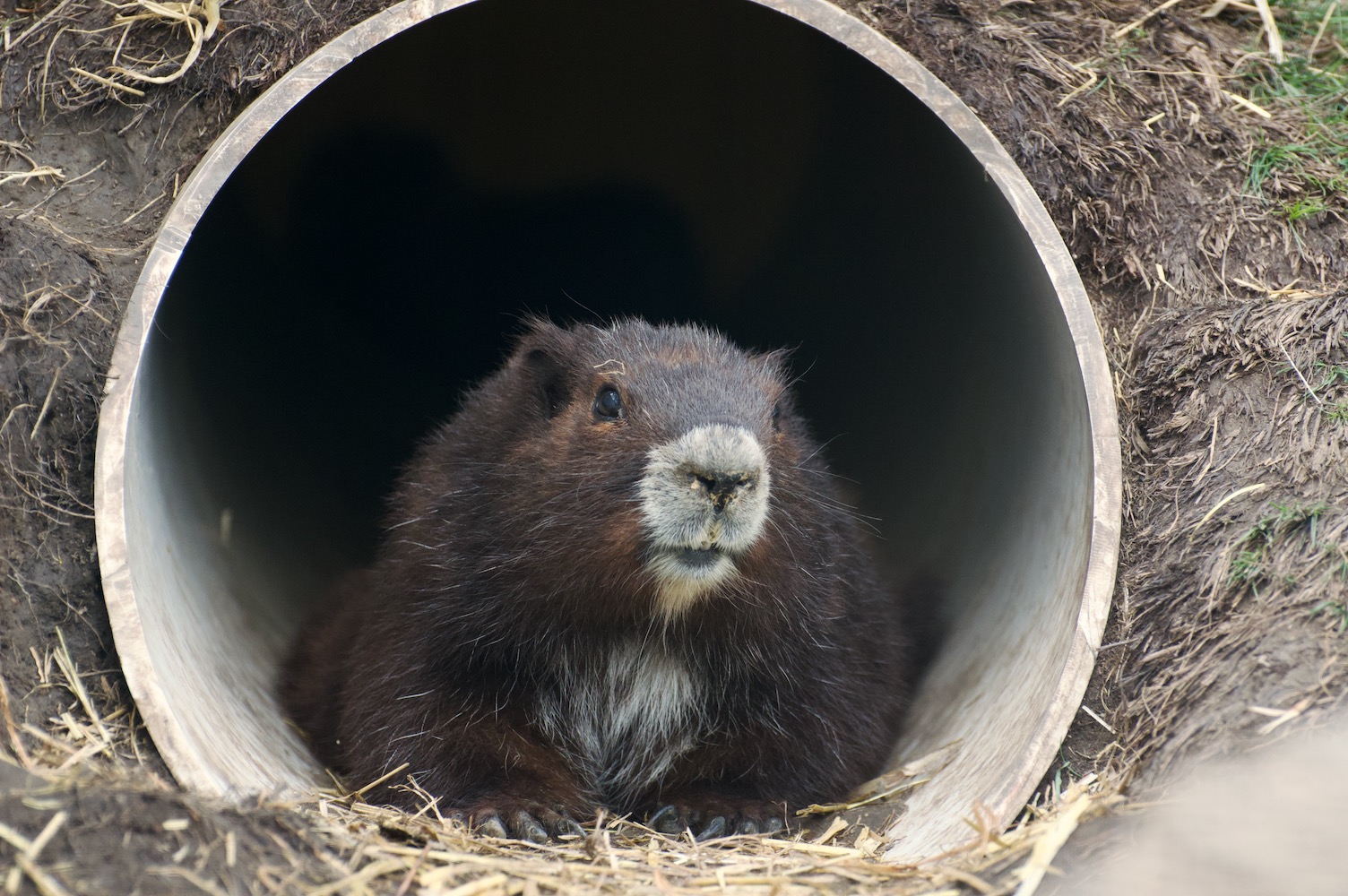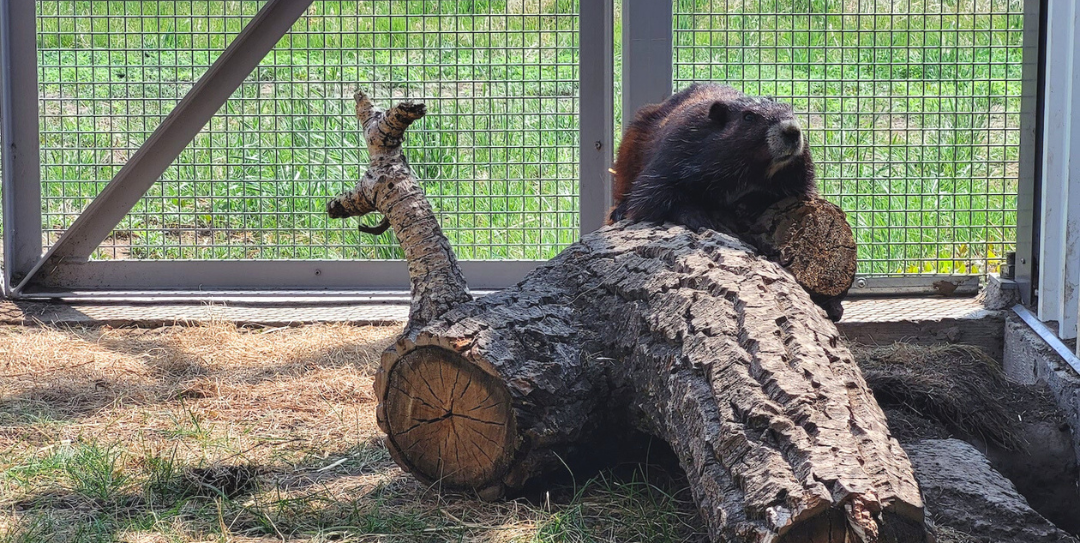Marmota vancouverensis
Vancouver Island Marmot
The Vancouver Island marmot is endemic to Vancouver Island, Canada—it occurs nowhere else in the world. It is often described as Canada’s most endangered mammal.
Top Photo: Oli Gardner
The situation
A uniquely Canadian species
Vancouver Island marmot populations declined precipitously in the 1990s, as habitat fragmentation and alteration led to increased predation in their formerly isolated habitats. By 2003, approximately 30 individuals remained in the wild. Subsequent captive breeding and reintroduction efforts prevented the imminent extinction of the species, but it remains Endangered and is threatened by ongoing landscape changes, predation, and climate change.
Our work
Our current research is focused on strategies for increasing survival and reproduction of marmots in the wild.
Our field-based study seeks to determine if providing additional food during the active season can offset the resource-related factors that limit marmot population growth. Specifically, we are testing if food supplementation will increase the body condition of adult females and pups, increase litter sizes, and ultimately improve survival and population growth rates.
We recently concluded a captive-based study on predator discrimination of marmots born in captivity and found that after more than two generations in captivity marmots lacked discrimination between predators, like cougars and golden eagles and non-predators, like ungulates, and therefore suggests they have lost appropriate anti-predator behaviour. If captive bred marmots aren’t wary of predators, better measures will be needed to prepare them for release in the wild.
Conservation breeding
The Wilder Institute has been involved in Vancouver Island marmot conservation efforts since 1998 and is one of three facilities breeding marmots for release in the wild. Over 150 of the marmots born at the Wilder Institute/Calgary Zoo since 2003 have contributed towards the 500+ individuals released in the wild by the Marmot Recovery Foundation on Vancouver Island. Marmots which do not get released become part of the conservation breeding program to maintain the genetic diversity for the future population. Thanks to our combined efforts, the wild Vancouver Island marmot population has grown to over 200.
Our conservation impact
Together with our partners at Marmot Recovery Foundation and in collaboration with U.S. Geological Survey (USGS) we worked to identify the optimal release strategies for wild and captive-born marmots. This collaborative effort found that a stepping-stone approach increases the survival of captive-born marmots in the wild. Using this approach, some marmots are initially released at a relatively safe marmot colony, where they experience their first wild hibernation. The following year, they are translocated to their final home. Read more about this approach here.
Did you know?
Vancouver Island marmots are one of the largest members of the squirrel family measuring about 65-70 cm nose to tail and weighing 4.5 – 7.5 kg — the same size as an average house cat!
Why do marmots whistle? To raise the alarm. Their distinctive whistle is to raise the alarm from lurking predators.
Teamwork
We would like to thank the following partners and collaborators for working with us in helping conserve the Vancouver Island marmot:


The collaborative research being done through this program received Top Honours for the 2022 AZA Research Award

This research has been essential to improve the management and survival rates of Vancouver Island marmots born at other institutions and at the Wilder Institute/Calgary Zoo after they have been released to their native range on Vancouver Island. This research incorporated separate studies on genetics, animal behaviour, and ecology to align with a novel ‘stepping-stone’ approach that allows released marmots to learn wild behaviours in a safe, interim site, before being released to their final wild home. Thank you to all the collaborators, co-authors, and supporters who helped make this research possible.



